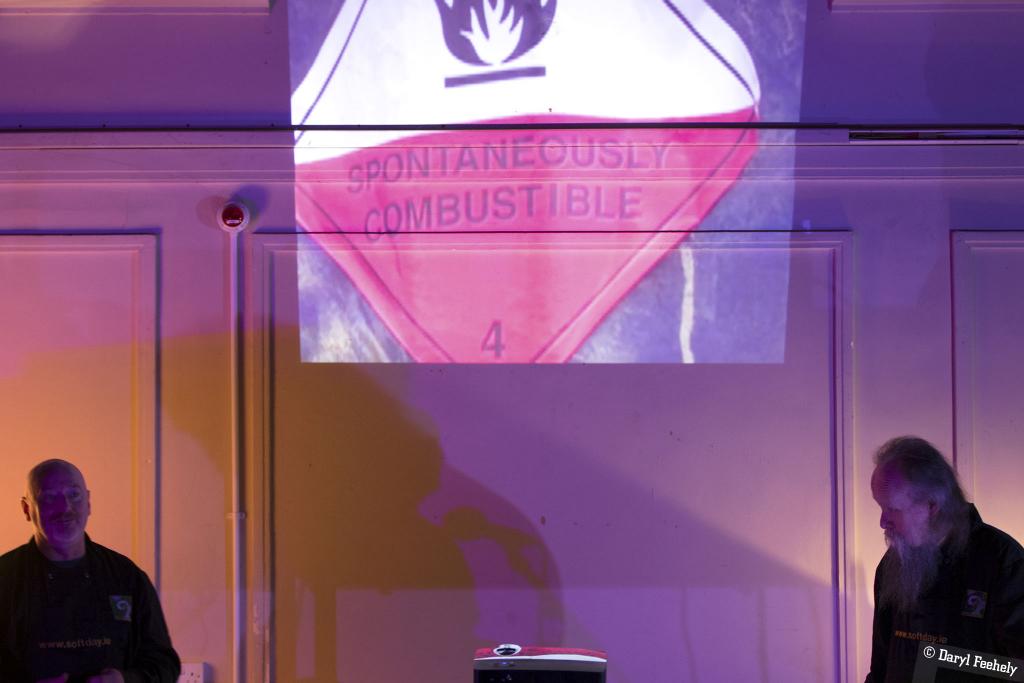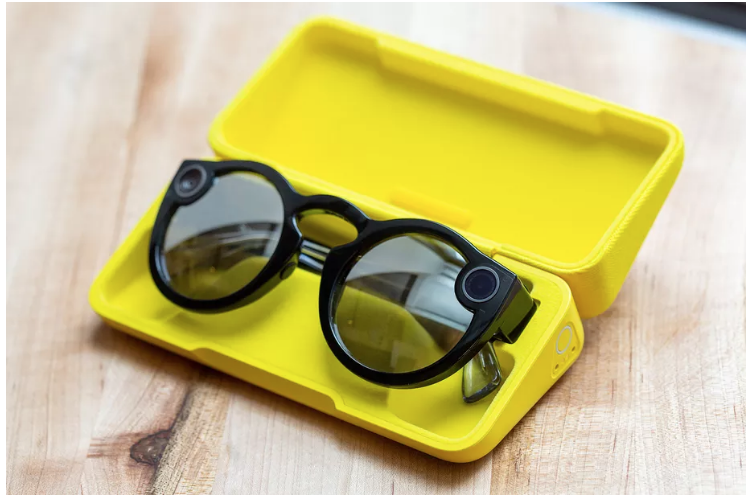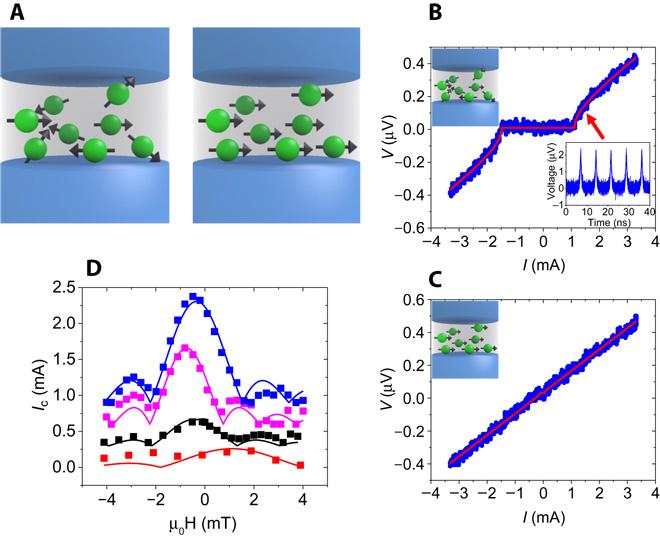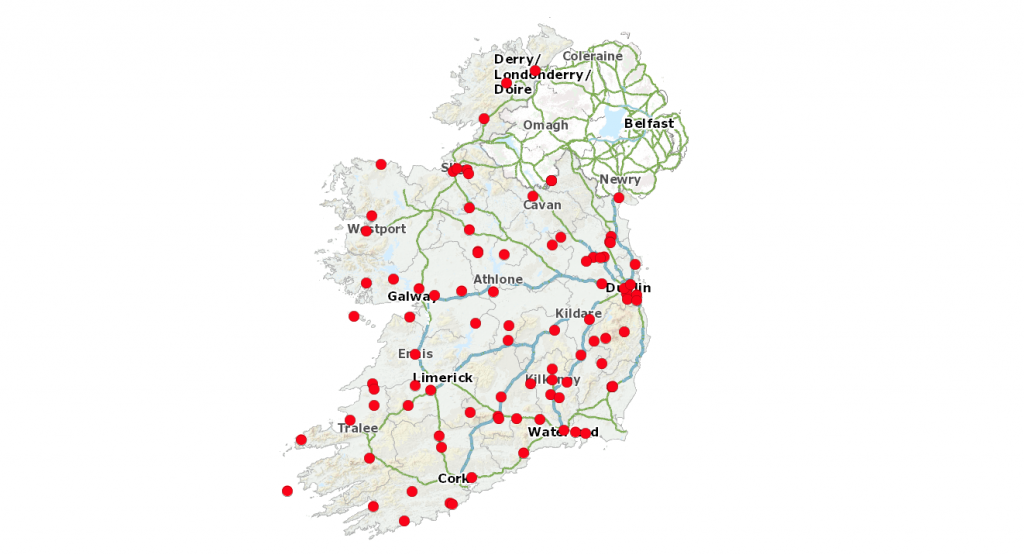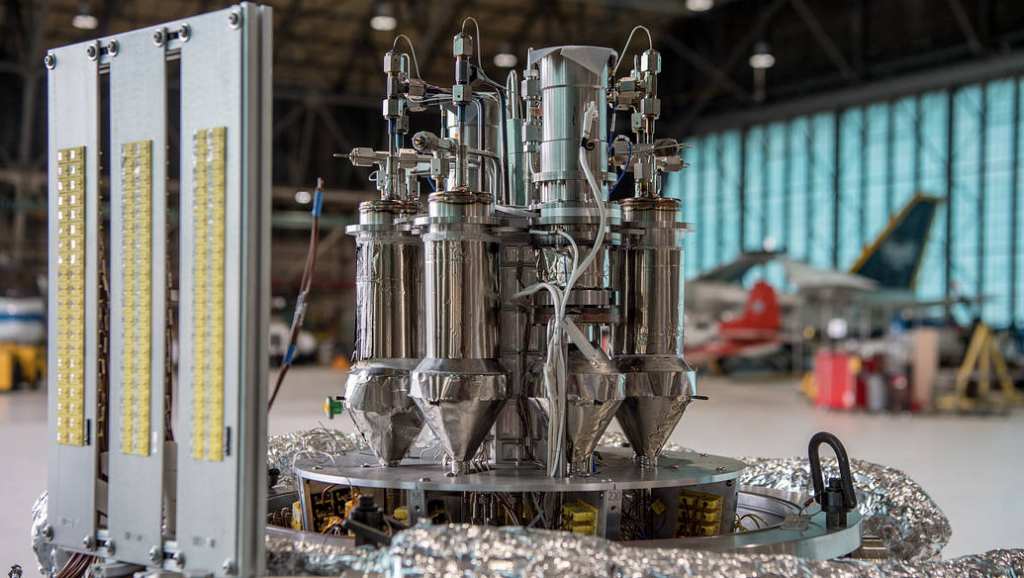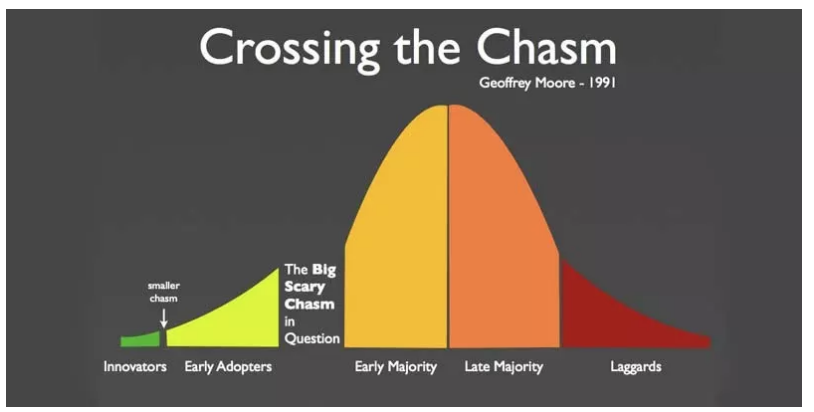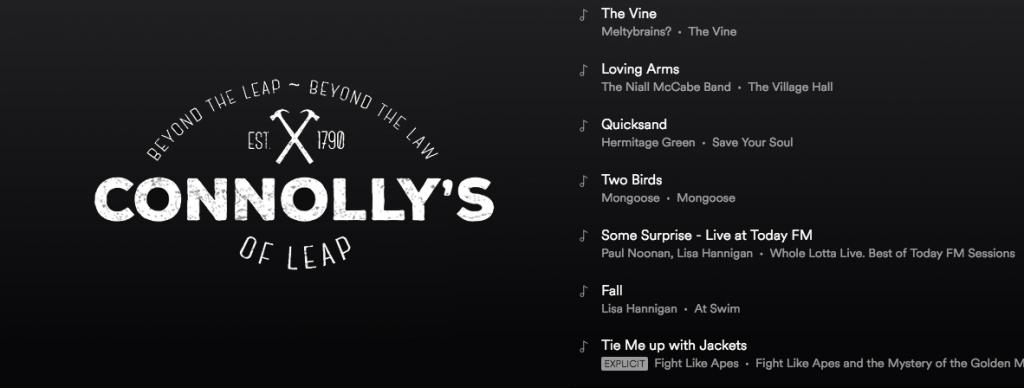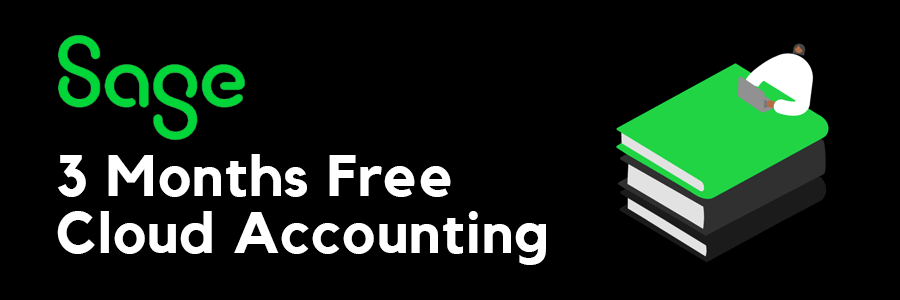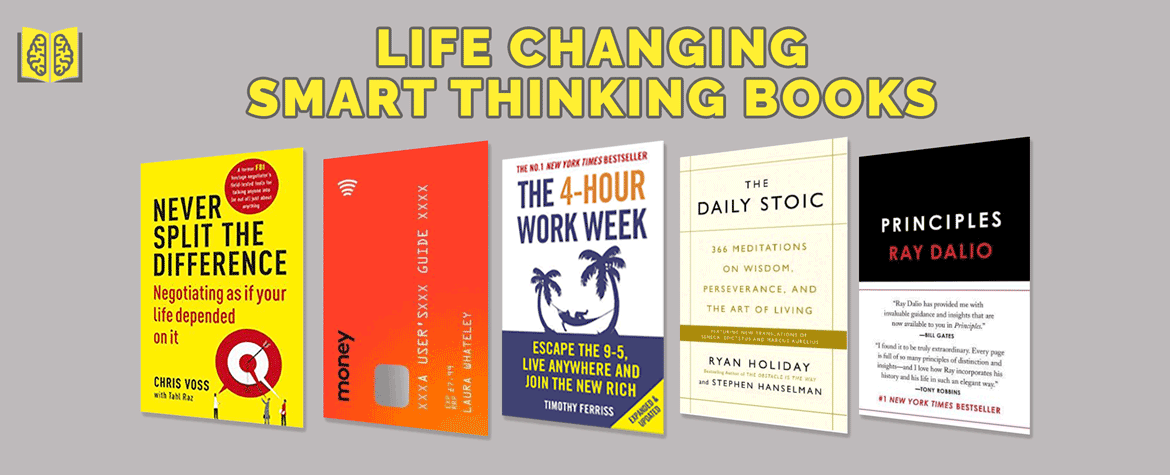This week we had some visitors from Ireland in Swansea and I took them on a trip to Rhossili Bay and Worms Head on the Gower Peninsula. Rhossili beach is spectacular and regularly features on many top beaches in the world listings.
The white house on the right of the beach is The Old Rectory which is halfway between the two villages of Rhossili and Llangennith. The house was used as a radar station in World War II, was featured on the Torchwood TV series and can now be rented as a holiday home from the National Trust, albeit with a long waiting list that can stretch into years.
This photo is available to licence on EyeEm.
On Saturday, we welcomed Softday and Simon Kilshaw to Swansea to perform in the second NAWR ANOIS concert.
Softday are an amazing art science duo that perform large scale works based on environmental and societal topics. They sonify many datasets and combine them with collaboratively sourced music, sound and their own compositions. During the concert they performed their latest work, Sounds of the Unthinkable, which is the culmination of a project drawing attention to the residual pollution in Cork harbour caused by the former Irish Steel plant at Haulbowline, and the pending decision to build an incinerator at Cork harbour. The piece includes a recording of an empassioned speech given by Jeremy Irons to An Bórd Pleanála in opposition to the incinerator, along with a recording of the bells of the cathedral in Cobh and a local group of singers.
Simon Kilshaw, a digital luthier, demonstrated some of his custom built electronic interface instruments which he uses in his compositions. He also performed an octophonic piece controlled by a brain wave reader.


